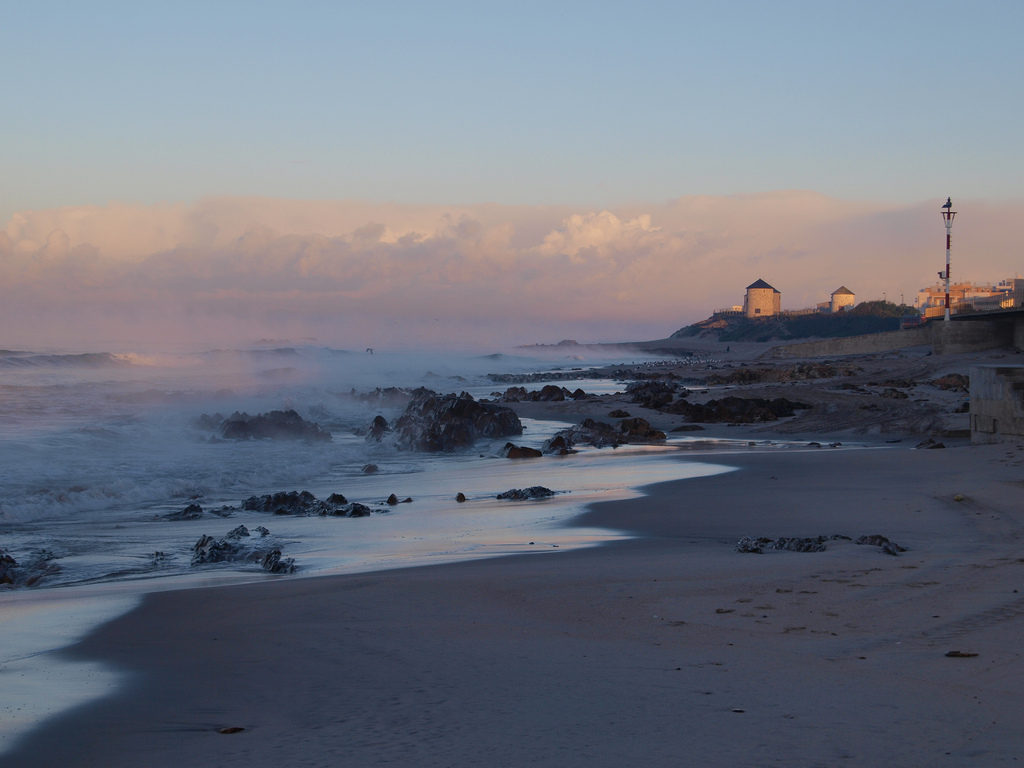
There are some mind-boggling schemes being discussed to mitigate the global warming caused by greenhouse gases. These include placing giant mirrors in orbit to reflect sunlight before it reaches Earth and launching millions of tons of sulfur into the stratosphere to simulate the effects of a major volcanic eruption.
The impact of such actions is quite unknown. The sulfur scheme, for example, would definitely cool the planet, but also would change the nature of sunlight to favor plant species that photosynthesize best with diffuse sunlight. This would radically change the planet’s biodiversity, with unknown consequences.
A scheme to cast iron filings into the ocean would lead to massive increases in carbon dioxide absorption by marine biota. But it would also lead to sharp and rapid acidification of the ocean.
It is essential that comprehensive and thorough research into the safety and effectiveness of any geoengineering approach be done on an international basis with complete transparency.
The fact that there is even serious discussion of these geoengineering ideas is a result of the fact that we are not making very good progress in meeting the goal of the Paris Climate Accord to reduce emissions to keep global temperatures from rising more than 2 degrees Celsius over pre-industrial levels.
What is clear is that developing countries will be the most affected by climate change and also by any actions taken to slow or stop the rise in global temperatures. How these countries can have a voice in determining their own futures is a real concern. The world needs to deal with these issues on a global basis and not just have the major powers decide the fate of the planet.
**********
Web Links
Climate geoengineering research should include developing countries
Photo, posted November 28, 2010, courtesy of Michael via Flickr.
‘Geoengineering and Developing Countries’ from Earth Wise is a production of WAMC Northeast Public Radio.
Leave a Reply